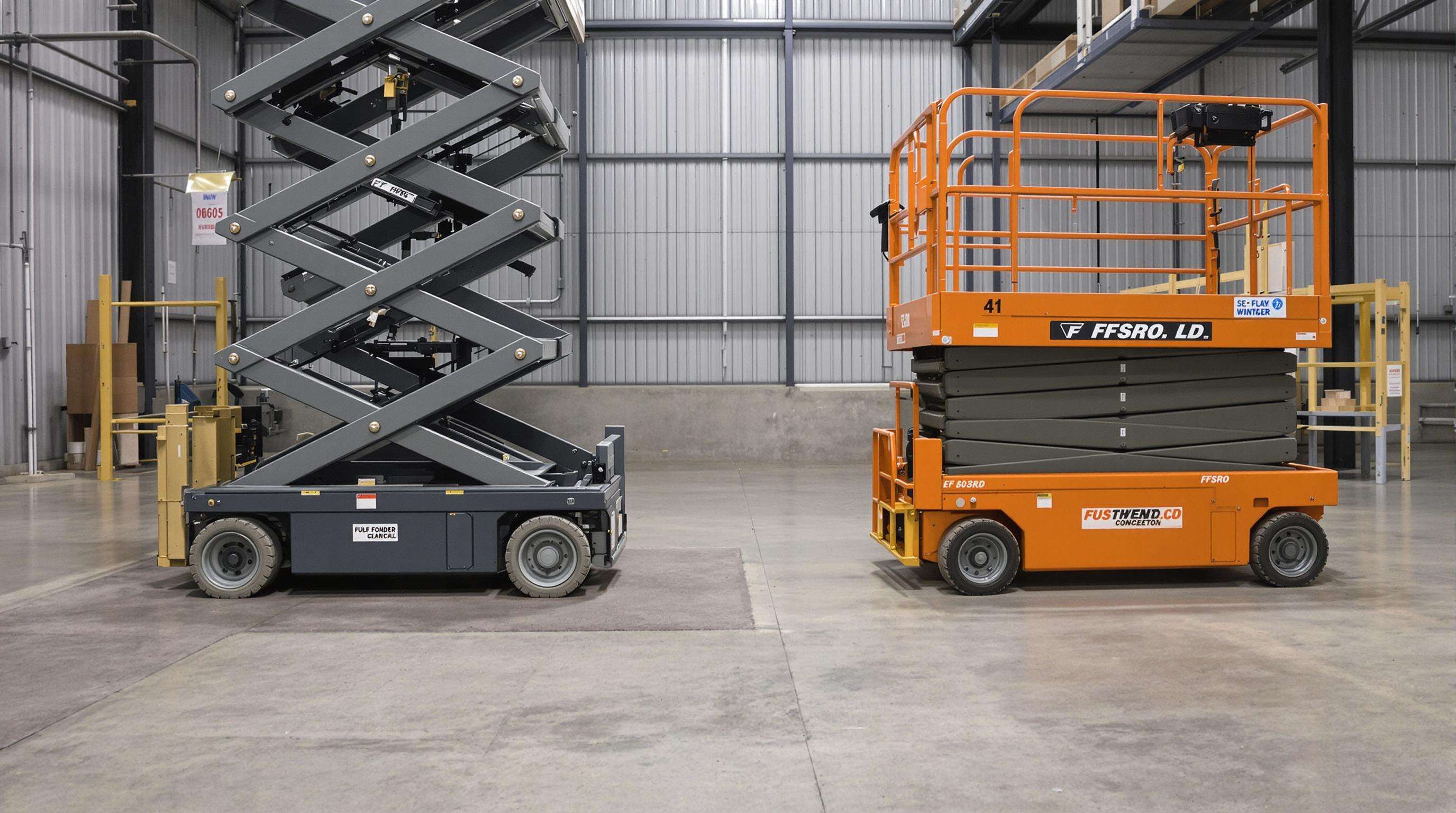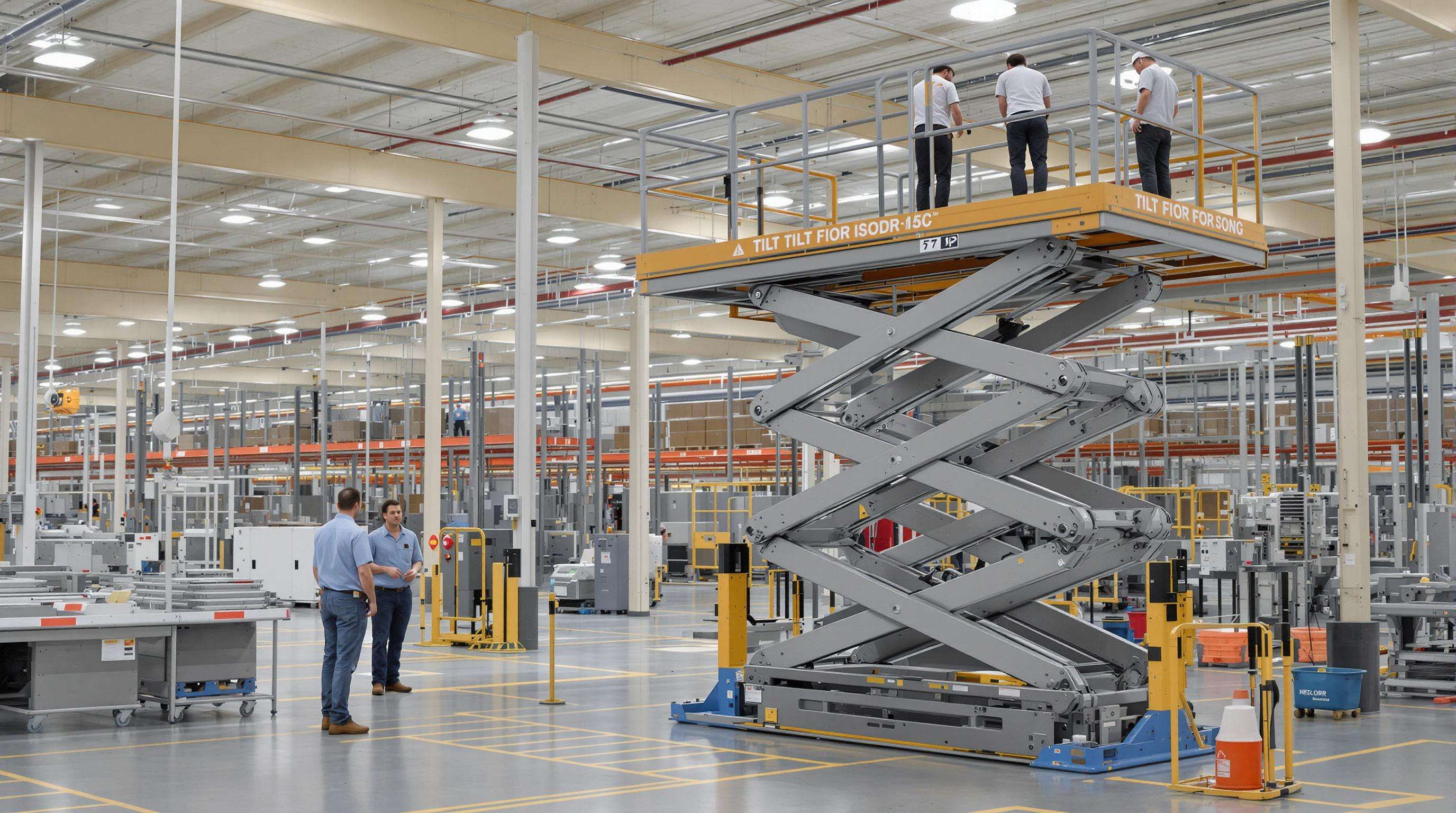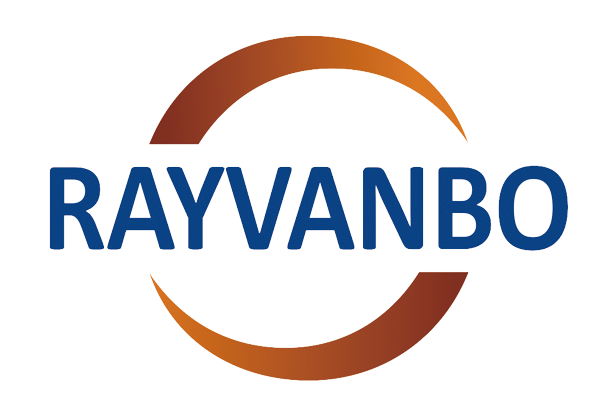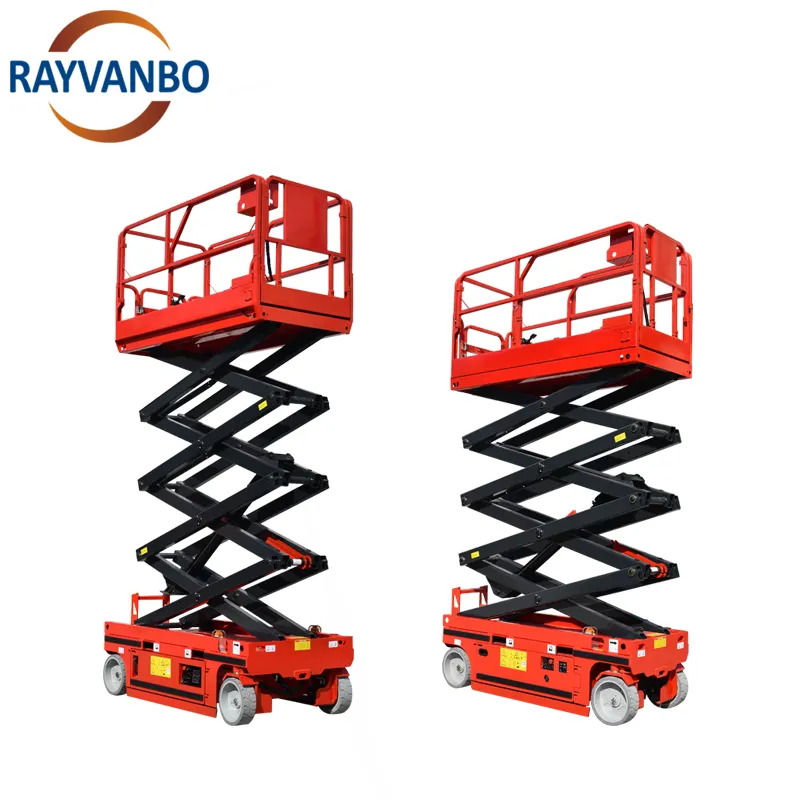Zero Emissions & Noise Reduction with Self Propelled Scissor Lifts
Self propelled scissor lifts revolutionize indoor operations with zero emissions and OSHA-compliant noise levels, making them ideal for environments from food processing plants to theaters where air quality and acoustic control matter.
Comparing Electric vs. Diesel Models in Indoor Environments
Electric models eliminate exhaust fumes, providing 100% safe operation in enclosed spaces like warehouses. Unlike diesel lifts emitting 15+ pounds of CO hourly, electric units prevent particulate buildup—critical for facilities with HVAC recirculation. Indoor air quality tests confirm no measurable VOC increases with battery-powered operation.
OSHA-Compliant Sound Levels Below 70 Decibels
Electric scissor lifts operate at 62-68 dB (normal conversation level), meeting OSHA’s 8-hour exposure limit. Diesel alternatives average 82-88 dB, requiring hearing protection. Quieter operation improves communication between operators and ground crews, reducing miscommunication incidents by 19%.
Case Study: HVAC Maintenance in Airports
An international airport reduced terminal downtime by 43% after switching to electric lifts for HVAC upgrades. Zero-emission operation allowed daytime maintenance near gates without triggering CO alarms or noise complaints. Projects completed 31% faster with fewer ventilation shutdowns and improved worker focus.
Superior Maneuverability of Self Propelled Scissor Lifts
Advanced steering and compact designs enable complex maneuvers without compromising load capacity.
Steering Systems Designed for 90-Degree Aisle Turns
Front-wheel steering with 160-degree articulation allows pivots in 24-inch aisles while maintaining stability. Leading manufacturers achieve zero inside turning radii via electronic rack-and-pinion systems, enabling precise warehouse navigation.
Space Efficiency in Warehouse Racking Systems
Standard 82" stowed width fits through 8ft doorways while supporting 500lb tool loads. In high-density storage, these lifts access pallet racks with ¤36" clearance, improving task completion rates by 19%.
Rubber-Tire vs. Polyurethane Wheel Performance

| Performance Factor | Rubber-Tire | Polyurethane |
|---|---|---|
| Surface Compatibility | Uneven terrain | Sealed concrete |
| Noise Emission | 68 dBA | 52 dBA |
| Maintenance Interval | 250 hours | 600 hours |
Rubber tires excel outdoors (14% better gradeability), while polyurethane wheels reduce floor marking in cleanrooms and decrease lateral drift by 28% during precision tasks.
Safety Features in Self Propelled Scissor Lifts
Engineered to exceed ANSI/SAIA A92.20 standards, these lifts integrate real-time monitoring for critical environments.
Automatic Pothole Protection Systems
Pressure-sensitive plates detect unstable surfaces, engaging hydraulic locks when irregularities exceed 1.5". This reduces tip-over risks by 72% on uneven terrain like airport tarmacs.
Load Capacity Verification Sensors
Dual-frequency sensors monitor weight distribution, disabling functions when overloaded and adjusting performance based on real-time data—essential for electrical crews handling variable loads.
38% Fewer OSHA Violations (2023 Industry Report)
Sites using self-propelled lifts with automated safety systems saw 38% fewer fall-protection citations. Manufacturing plants achieved 91% better compliance with load-sensing platforms, correlating with reduced injury claims.
Vertical Reach Capabilities of Self Propelled Scissor Lifts
20-50ft Working Heights for Retail Lighting Installation
These lifts enable precise positioning for overhead fixtures, completing lighting replacements 63% faster than scaffolding. The LGMG AS1413E offers 51.8ft reach with 705lb capacity, featuring non-marking tires for delicate floors and zero-radius steering.
Stability Testing in Manufacturing Plants

ANSI-certified models show <1° deviation at full extension, even with cross-aisle traffic. Key features include:
- Auto height restriction based on load
- Dual-path hydraulics with 3:1 safety factor
- Wide-base outriggers improving tipping threshold by 42% (per ISO 16368-2020)
Economic Advantages of Battery-Powered Self Propelled Scissor Lifts
Electric models cut energy use by 30-50% versus hydraulic alternatives while supporting sustainability goals.
8-Hour Shift Runtime with Fast Charging
A single charge lasts 8-10 hours, with fast charging restoring power in 4-6 hours. This delivers $4-$5 hourly fuel savings over diesel.
LEED Certification Contribution
Electric lifts help earn credits in Energy & Atmosphere (zero emissions) and Materials & Resources (98% recyclable batteries), speeding LEED approval by 12-18%.
Maintenance Cost Comparison: Electric vs Hydraulic
Electric models require 50% less maintenance (500 vs. 250 service hours) and eliminate fluid leaks—reducing annual costs to $0.60-$0.75 per hour. Upfront costs recoup in 18-24 months.
FAQ Section
Why are electric scissor lifts preferable for indoor environments?
Electric scissor lifts are ideal for indoor environments because they eliminate exhaust fumes, maintain OSHA-compliant noise levels, and do not contribute to VOC buildup, making them suitable for spaces with air quality and acoustic control needs.
How do self-propelled lifts improve maneuverability?
Self-propelled lifts enhance maneuverability with advanced steering systems designed for 90-degree aisle turns and compact designs, allowing precise navigation without compromising on load capacity.
What safety features do scissor lifts include?
Scissor lifts feature automatic pothole protection systems, load capacity verification sensors, and other safety mechanisms that reduce tip-over risks and ensure compliance with ANSI/SAIA standards.
What are the economic benefits of battery-powered scissor lifts?
Battery-powered scissor lifts offer reduced energy use, fast charging capabilities, contributions towards LEED certification, and lower maintenance costs compared to hydraulic models.
Table of Contents
- Zero Emissions & Noise Reduction with Self Propelled Scissor Lifts
- Superior Maneuverability of Self Propelled Scissor Lifts
- Safety Features in Self Propelled Scissor Lifts
- Vertical Reach Capabilities of Self Propelled Scissor Lifts
- Economic Advantages of Battery-Powered Self Propelled Scissor Lifts
- FAQ Section

